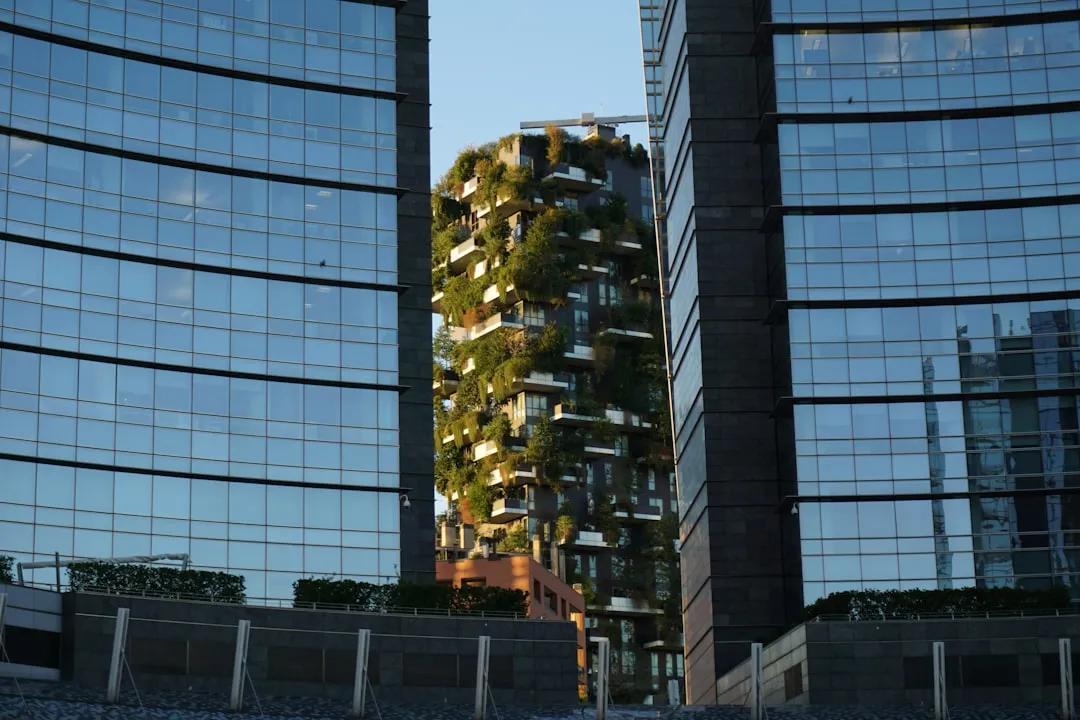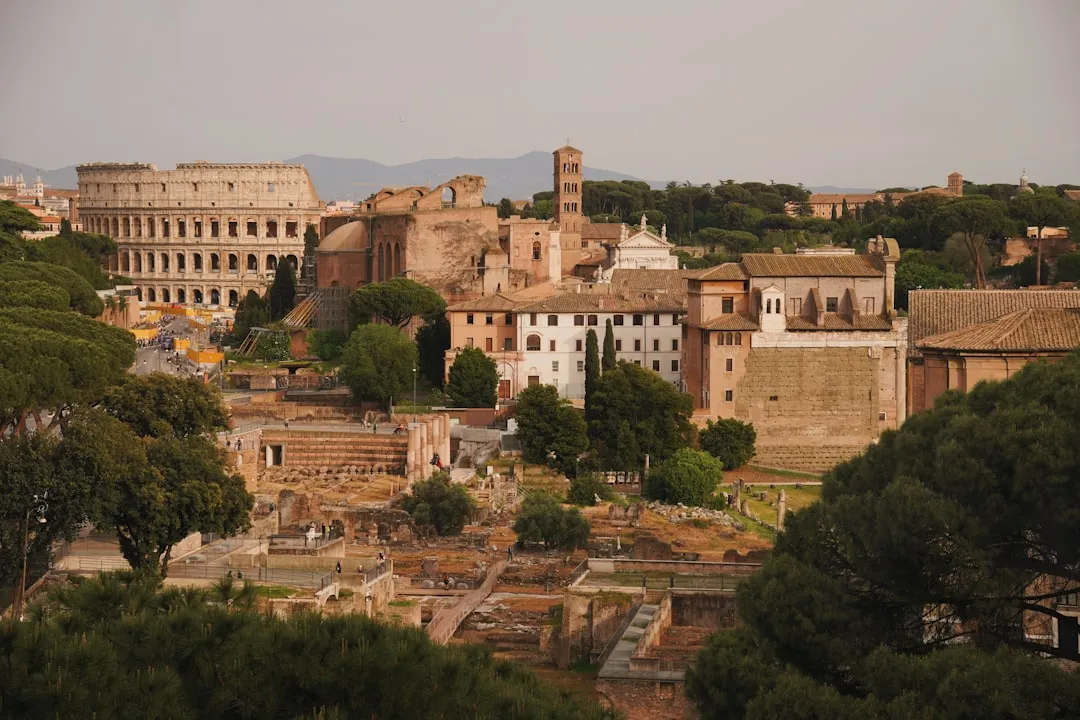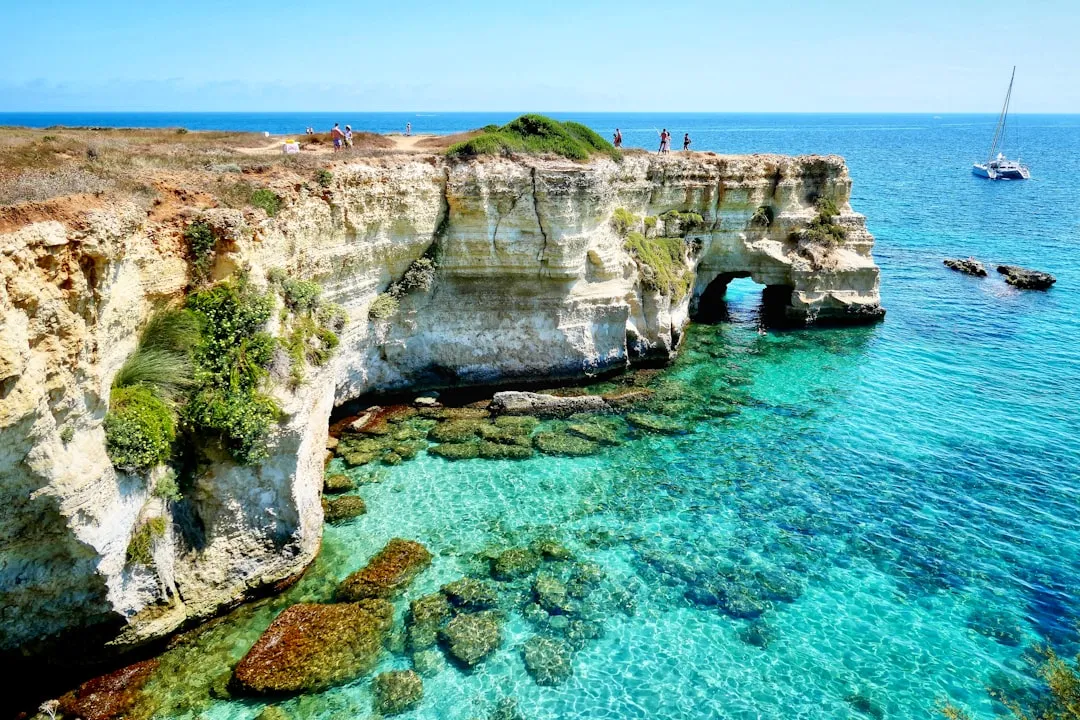If you're a highly skilled worker looking to relocate to Italy, the EU Blue Card could be your ticket to an exciting career and lifestyle in one of Europe’s most beautiful countries. As an Italian, I’m here to guide you through the process and benefits of this visa. This comprehensive guide will cover:
- An overview of the EU Blue Card
- Why to choose this visa
- Eligibility requirements
- Types of Blue Cards
- The application process
- Tips for a successful application
- Financial implications
- Pros and cons of living in Italy with the EU Blue Card
- Best cities for highly skilled professionals in Italy
1. Overview of the EU Blue Card
The EU Blue Card is a residence and work permit designed for highly skilled non-EU workers. It allows professionals to live and work in Italy (and other EU countries) under favorable conditions. Issued initially for up to two years, it can be renewed if you continue to meet the eligibility criteria.
Key benefits of the EU Blue Card include:
- Access to Italy’s and the EU’s job market.
- Family reunification with simplified procedures.
- Pathways to permanent residency in Italy.
2. Why Choose the EU Blue Card?
Professional Advantages
- High demand for skills: Fields like engineering, IT, healthcare, and research are actively seeking international talent.
- Career mobility: The Blue Card provides opportunities to move within the EU after meeting specific requirements.
Legal Benefits
- Faster permanent residency: After five years in the EU, including at least two years in Italy, you can apply for long-term resident status.
- Work flexibility: Switch employers within Italy or move to another EU country after 18 months.
Lifestyle Perks
- Enjoy Italy’s rich culture, excellent cuisine, and a high standard of living while advancing your career.
3. Eligibility Requirements
To qualify for the EU Blue Card in Italy, you must meet the following criteria:
General Requirements
- Higher Education Qualifications: A university degree recognized in Italy or equivalent professional experience.
- Job Offer: Employment contract in Italy with a gross annual salary at least 1.5 times the average national wage (approximately €34,000 to €44,000, depending on the sector).
- Health Insurance: Proof of coverage for yourself and accompanying family members.
Required Documents
- Valid passport.
- Completed visa application form.
- Passport-sized photographs (as per consulate standards).
- Employment contract or binding job offer.
- Proof of qualifications (degree certificates, professional licenses).
- Nulla Osta (authorization to work) issued by the Italian Immigration Desk.
- Proof of accommodation in Italy (rental agreement or employer-provided housing).
- Police clearance certificate from your home country.
4. Types of Blue Cards
While the EU Blue Card serves as a unified permit, the specifics can vary slightly based on the job sector or region. In Italy, this card is most applicable to:
- IT and Technology Specialists: Software engineers, data scientists, and IT project managers.
- Healthcare Professionals: Doctors, nurses, and medical researchers.
- Engineers and Scientists: Professionals in construction, aerospace, or environmental sectors.
- University Lecturers and Researchers: Roles in academia or private research institutions.
5. Application Process
Step 1: Obtain a Job Offer
Secure an offer with a qualifying salary from an Italian employer willing to sponsor your application.
Step 2: Employer Requests Nulla Osta
Your employer applies for a Nulla Osta (work authorization) at the Immigration Desk. Processing takes 1-3 months.
Step 3: Prepare Your Documents
Gather all required documents. Ensure translations into Italian by certified translators if needed.
Step 4: Submit Visa Application
File your application at the Italian consulate or embassy in your home country. Pay the visa fee (approximately €116).
Step 5: Travel and Residence Permit
After visa approval, travel to Italy. Within eight days, apply for a Permesso di Soggiorno (residence permit) at the local Immigration Office.
6. Tips for a Successful Application
- Start Early: Bureaucratic processes can take time, especially for the Nulla Osta.
- Check Eligibility: Confirm your job offer and salary meet the criteria before applying.
- Use a Legal Consultant: Consider hiring an immigration lawyer for complex cases.
- Stay Organized: Keep all your documents and copies in order to avoid delays.
7. Financial Implications
Costs
- Visa Fee: €116
- Residence Permit Fee: €80-€200
- Translation and Notarization: €50-€200 (if required)
Tax Implications
- Income Tax: Progressive rates from 23% to 43%.
- Social Security Contributions: Paid by both employer and employee.
Tax Benefits
- Impatriate Regime: Up to 70% tax reduction on income for eligible workers relocating to Italy.
- Flat Tax Option: High earners can opt for a €100,000 flat tax on foreign income.
8. Pros and Cons of Living in Italy with the EU Blue Card
Pros
- High demand for skilled professionals in certain sectors.
- Access to high-quality healthcare and education.
- Opportunities for family reunification.
- Rich cultural and social life.
Cons
- Bureaucratic delays in processing.
- High cost of living in major cities like Milan and Rome.
- Language barriers in some workplaces.
9. Best Cities for Highly Skilled Workers
- Milan: Italy’s financial and tech hub with numerous opportunities for professionals in IT, finance, and fashion.
- Rome: Ideal for those in government, cultural, or academic roles.
- Bologna: Known for its thriving education and research sectors.
- Turin: A growing hub for innovation and automotive engineering.
- Florence: A center for arts, design, and academia.
- Trieste: Emerging as a key player in scientific research and maritime industries.
Conclusion
The EU Blue Card offers a fantastic opportunity to advance your career while enjoying the unique lifestyle Italy has to offer. By carefully following the steps outlined in this guide, you can navigate the process smoothly and make the most of your time in Italy. As an Italian, I’m thrilled to welcome skilled professionals who contribute to our nation’s growth and diversity.




